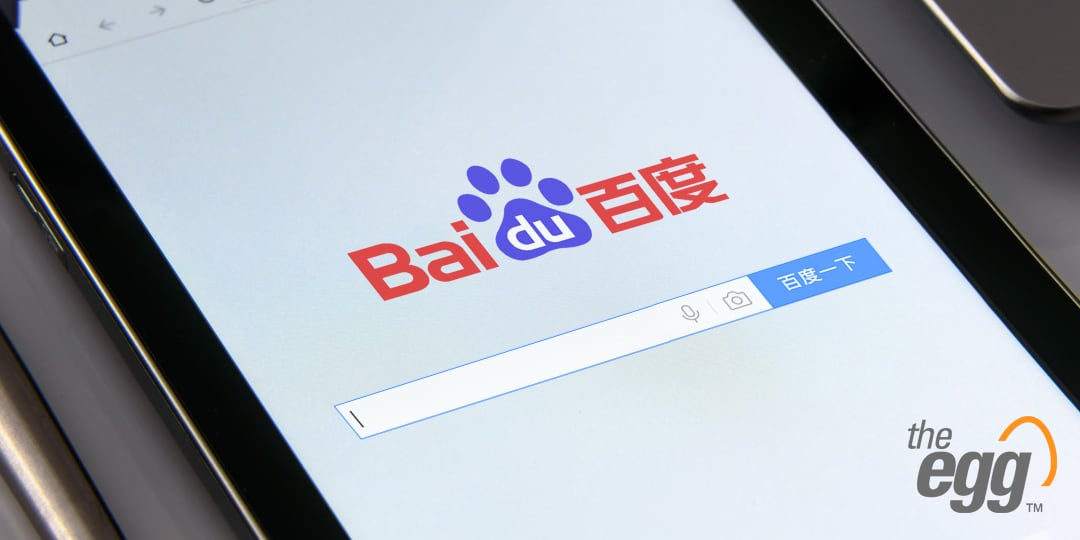Baidu PPC supports exact matching, phrase matching, and broad matching for ad keywords. Why then do we need to bid on such a long list of similar keywords?
This is a question that many clients ask when starting a Baidu PPC campaign and reviewing their keyword list.
And the answer is five-fold—Baidu PPC in fact has 5 keyword match types that we can optimize for so that our ads appear in relevant search results:
- Exact
- Exact phrase
- Phrase
- Core phrase
- Broad
These run on a scale from an identical match to a more ambiguous match with your ad keywords, meaning that if someone searches for bicycles, and you sell cycling helmets, your ad may appear in the results. This is good because it attracts relevant traffic that you may have missed if you only bid on your exact match keyword.
Here, we look at the importance of using short-tail and long-tail keywords in your Baidu PPC strategy.
Generally speaking:
- The broader the match, the lower the CTR.
- The higher the CTR, the better the keyword quality score, and the more relevant the keyword becomes.
- The higher the keyword quality score, the lower the cost-per-click, because the actual CPC = (next ranking competitor CPC * next rank quality score) / your quality score + 0.01
There are many factors affecting your Baidu keyword quality score. The top 5 influencing factors are:
- CTR
- Relevance of ad copy and landing pages
- Account history performance
- The ratio of active keywords in the account
- Account active status duration
Of course, it’s possible to just use short-tail or exact match keywords to attract traffic—if you have an unlimited budget. But if you don’t, this is not a good strategy for Baidu PPC. Long-tail keywords are generally lower cost and bring in complementary traffic based on relevance.
The best practice is to use short-tail and long-tail keywords, especially at the beginning of a campaign. This will allow you to cast a wider net and leverage different keyword match types.
From there, you can analyze the data to determine what’s working and what’s not, and you then shorten your list if necessary.
The ultimate goal is to determine all the keywords that drive relevant traffic. The initial long keyword list is just a starting point. You can always pause, delete, or will likely even add keywords once you test what works, analyze the data, and make your ad content more relevant to search intent.







